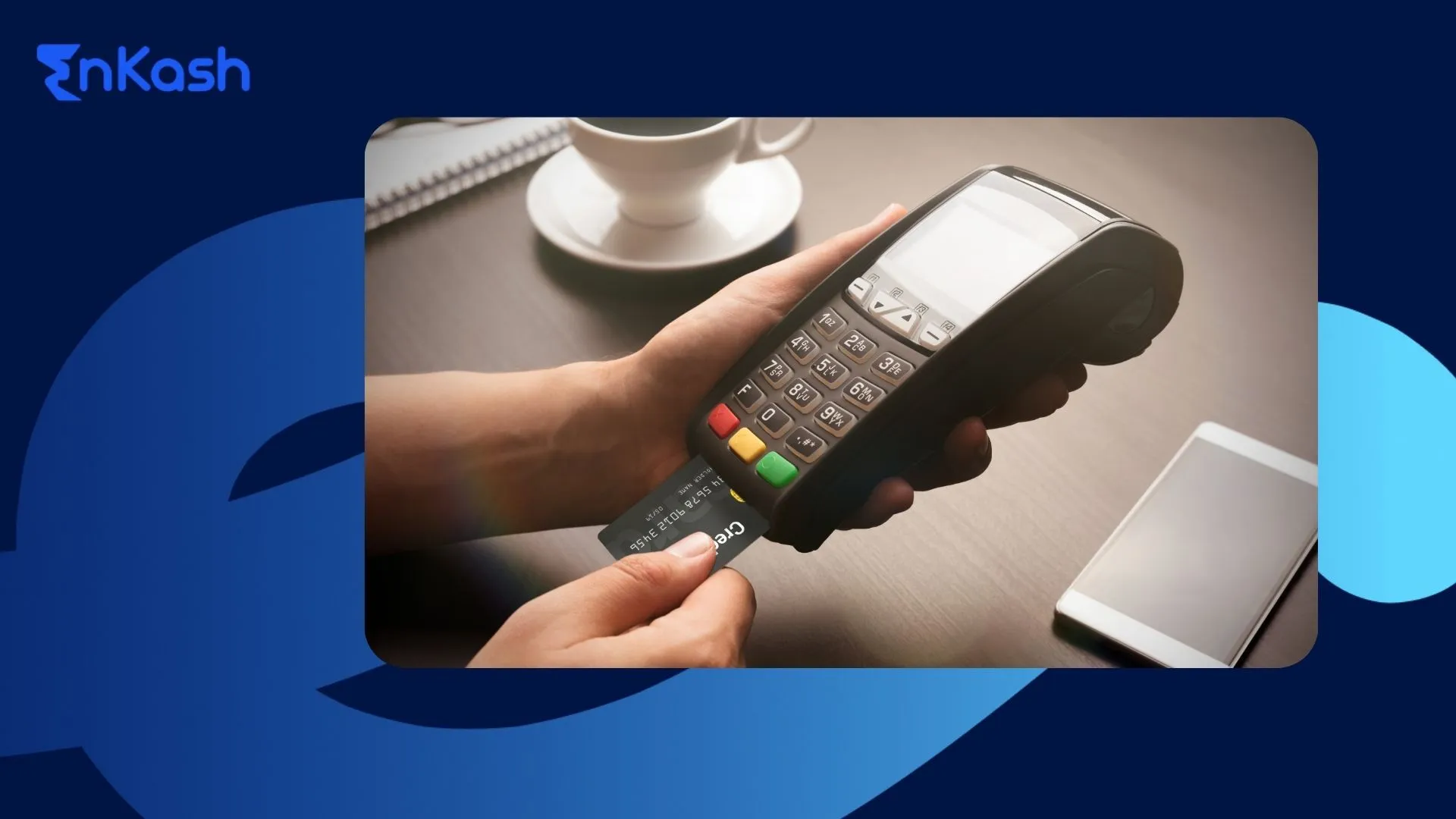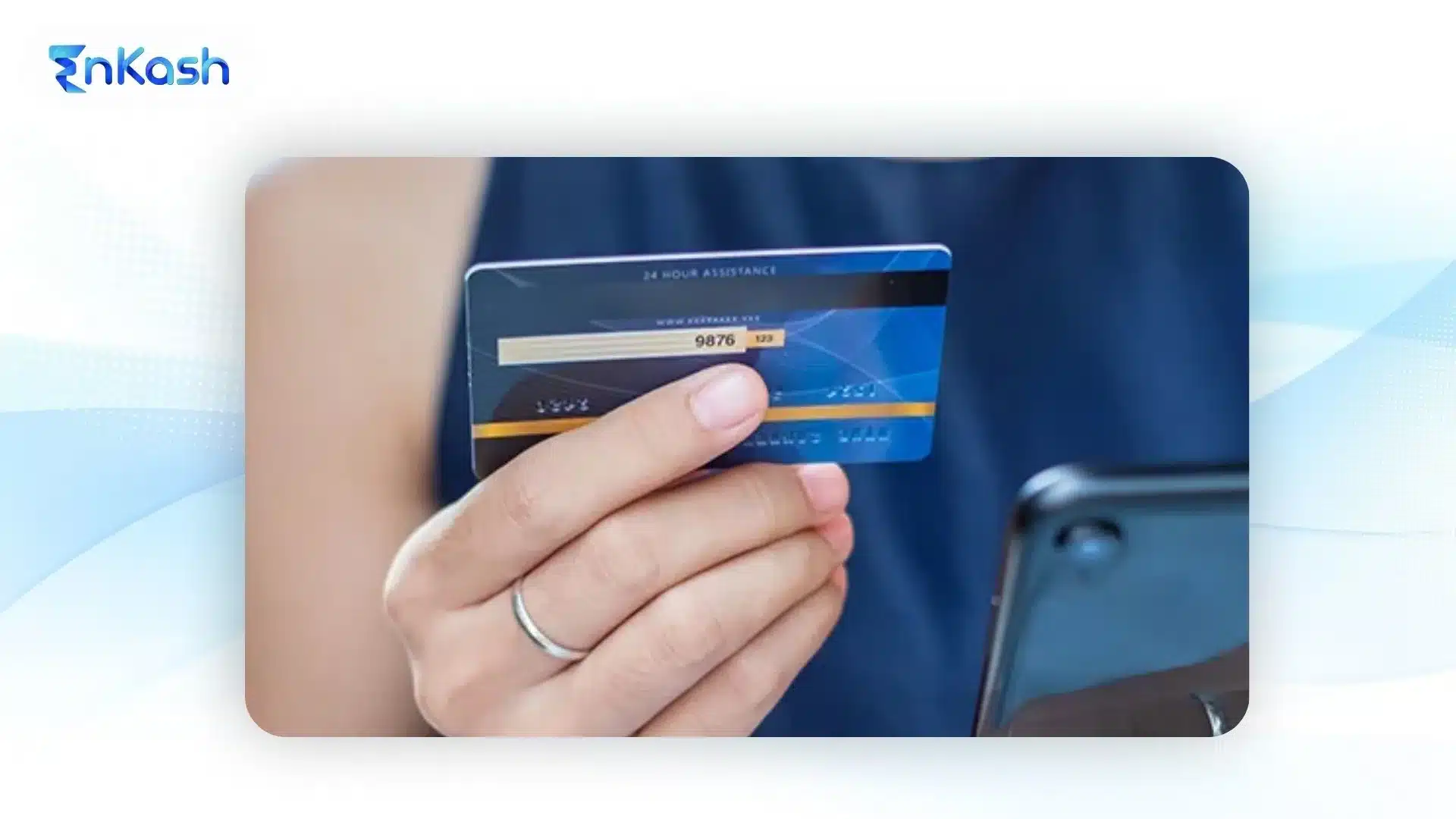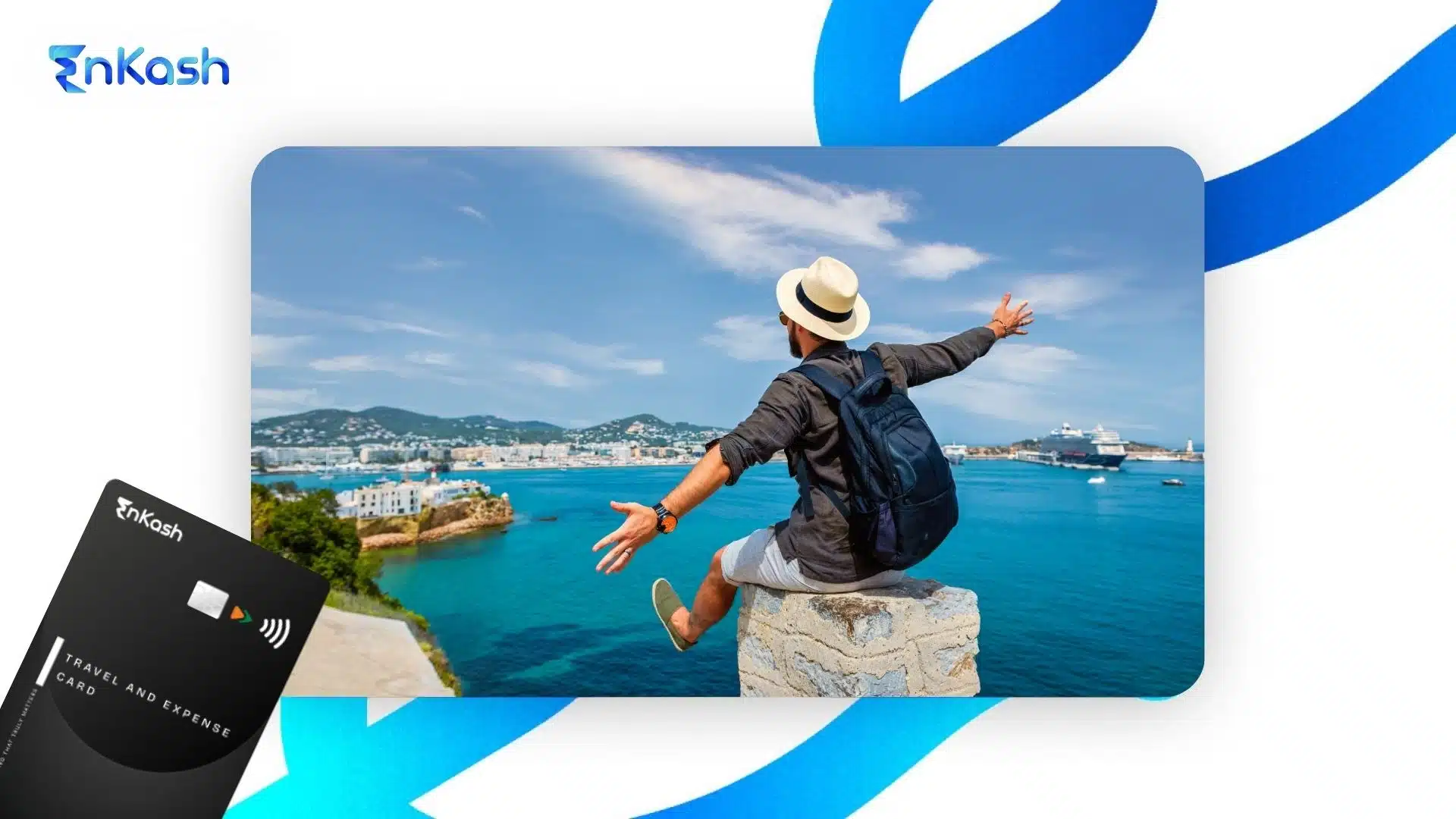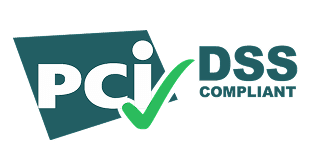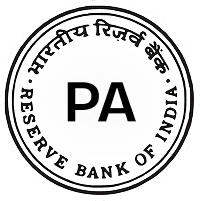Introduction
Ever since demonetisation in 2016 and the rise of UPI, digital payments have become second nature for most customers in India. QR codes are now common across kirana stores, salons, and even roadside vendors. However, POS machine remain widely used in organised retail, restaurants, and businesses handling higher-value purchases.
For many small and mid-sized businesses, card payments still make up a meaningful part of sales. Customers often prefer using debit or credit cards for higher-value purchases, EMI conversions, or when they’re short on UPI balance. Some even trust card transactions more for certain categories like electronics, dining, or fuel. Plus, when UPI networks face downtime, something that does happen occasionally, a swipe or tap on a POS terminal becomes the reliable backup.
Before installing a POS machine, businesses need to carefully consider the costs. The device may look straightforward, but expenses go beyond the hardware, including purchase or rental fees, transaction charges, maintenance, and occasionally fees for faster settlements. For a neighbourhood shop operating on tight margins, every rupee spent on fees matters.
What is a POS Machine and Why Businesses Use It
A POS machine is the device kept at the billing counter that lets a business accept card payments by swipe, dip, or tap, and then settles the money into the linked bank account, usually within T+1 working day (sometimes T+2), with faster same-day settlement available at an extra cost.
In India, there isn’t a separate “debit card machine” and “credit card machine” for most merchants; the same POS terminal accepts both debit and credit cards, as well as contactless payments from NFC-enabled cards and, on many newer devices, QR or tokenized wallets. The difference shows up in the charges and sometimes the processing flow, not in the hardware.
Where POS is commonly used:
- Retail counters: kirana, apparel, electronics, pharmacies.
- Food and beverage: restaurants, cafés, quick-service outlets.
- Services: salons, clinics, repair shops, coaching centers.
- Fuel and transit: petrol pumps, tolls, parking booths.
- On-the-go businesses: delivery collection, exhibitions, pop-up stalls using portable or mPOS devices.
Why businesses keep POS even in a UPI-first world:
- Higher-ticket purchases often go on cards, including EMI conversions at electronics, furniture, or jewelry counters.
- Certain customer segments prefer corporate or rewards credit cards for points and expense tracking.
- Trust and reliability at checkout, with printed or SMS receipts and easier reconciliation in many setups.
- Backup when QR rails face downtime or daily limits kick in; POS ensures the sale isn’t lost.
Types of POS Systems in India
Not all POS machines are the same; they come in different forms, each designed for certain kinds of counters, ticket sizes, and business setups. Picking the right one can save you both money and frustration later.
1. Countertop POS
These are fixed machines placed at the billing desk. They stay connected via broadband, Wi‑Fi, or sometimes a SIM card, and are built for durability and quick transactions.
Best for: Shops where all payments happen at one counter.
Pros: Fast, sturdy, minimal training needed.
Limitations: Cannot be moved around; not suited for on‑the-floor or doorstep payments.
2. Portable / Wireless POS
Handheld terminals that work on SIM or Wi‑Fi, so you can take them to the customer rather than the other way around.
Best for: Restaurants, home delivery, exhibitions, and pop-up stalls.
Pros: Flexible, can print receipts on the spot.
Limitations: Needs charging and paper roll replacements.
3. Smart POS
Touchscreen, Android-based devices with built-in apps for billing, GST invoicing, inventory, and more all in one unit.
Best for: Businesses that want billing and payments on a single device.
Pros: Saves space and integrates multiple functions.
Limitations: More expensive; requires basic staff training.
4. Mobile POS (mPOS)
Small card readers that connect to a smartphone via Bluetooth and work through a mobile app.
Best for: Small vendors, professionals, or businesses on the move.
Pros: Low-cost, easy to carry.
Limitations: Dependent on the smartphone’s battery and internet.
5. Tablet or Cloud POS
A tablet or computer setup connected to card readers, barcode scanners, and printers. Data is stored in the cloud for easy access.
Best for: Cafés, restaurants, and modern retail stores.
Pros: Scalable, easy to track sales and stock across multiple counters.
Limitations: Needs stable internet; more accessories to manage.
6. Integrated Enterprise POS
Large-scale systems combining payments, stock control, CRM, loyalty programs, and sometimes even kitchen display systems.
Best for: Supermarkets, chain stores, high-SKU businesses.
Pros: Central control, detailed reports, smooth multi-location management.
Limitations: High setup and maintenance costs; longer implementation time.
7. Hybrid POS (Card + UPI)
These devices allow acceptance of both cards and UPI in one unit — usually by displaying a QR code on the POS screen or terminal, alongside card payments.
Best for: Stores serving customers who use a mix of payment modes.
Pros: Reduces the need for separate devices; future-ready.
Limitations: Settlement reports must be checked carefully for clarity.
POS Machine Cost in 2025
When a business looks at getting a POS machine, the common mistake is to focus only on the device price. In reality, the “cost” is a mix of one-time expenses and recurring charges. Understanding this breakdown helps avoid surprises later.
1. One-time or Upfront Costs
This is what you pay to get the device and start processing payments.
- Hardware – Depending on whether it’s a basic countertop unit, a portable device, or a Smart POS with touchscreen and apps, the price can vary widely. Simple models are cheaper, while feature-rich ones cost more.
- Setup and Installation – Some providers charge for delivery, installation, and initial configuration.
- Training – Most banks and providers will offer basic usage guidance free, but advanced setup (for billing, inventory, or integrations) may have a fee.
2. Ongoing or Recurring Costs
These are the charges that continue every month or per transaction:
- Monthly rental or subscription – If you don’t buy the machine outright, you pay a rental fee. This may include SIM/data charges for portable devices.
- Transaction charges (MDR) – A small percentage of every card payment goes to the bank/provider. This can differ for debit, credit, and international cards.
- Annual maintenance – Covers servicing, repairs, and sometimes software updates.
- Consumables – Paper rolls for receipts, or replacement chargers/cables.
3. Price Ranges in 2025 (Typical Market Averages)
- Basic countertop models: around ₹5,000–₹8,000 if purchased outright.
- Portable wireless POS: around ₹7,000–₹12,000.
- Smart Android POS: anywhere from ₹12,000 to ₹18,000+ depending on features.
- mPOS dongles: ₹1,500–₹3,500.
(These prices are indicative; the exact amount can differ depending on the POS provider, the terms of the offer, and your choice between purchase and rental models.)
4. Purchase vs Rental Models
- Purchase: Pay once, then only bear transaction fees and maintenance. Good for stable, long-term use.
- Rental: Lower upfront cost, but ongoing monthly charges. Works for seasonal businesses or those testing card demand.
5. What’s Usually Included in the Base Price
- Device
- Charger/docking station
- Pre-installed SIM (for wireless)
- Basic merchant portal access
- Initial training
Extras to watch for: replacement parts, custom billing software, faster settlement services, or additional printing hardware.
V. POS Charges You Should Know
Before finalising a POS deal, it’s worth breaking down all the costs clearly, so you’re not caught off guard later. In simple terms, there are three broad expense areas:
- What do you pay to get the machine?
- What do you pay every time you use it?
- What do you pay to keep it running smoothly over time?
Understanding the terms
- POS machine charge – The amount paid for the device and its setup, either as a one-time payment or on a monthly rental basis.
- Swipe machine charges / POS fees – The fee deducted on each card transaction (also called MDR – Merchant Discount Rate).
- Other running costs – Expenses like maintenance, consumables such as paper rolls, or charges for additional features like faster payouts or software integrations.
Common fee components
1. Device purchase or rental
- Buying outright – You pay once for the device and then only cover the ongoing charges like MDR and upkeep. This works well for businesses that plan to use the POS for the long term.
- Rental/subscription – Lower upfront cost but with a monthly fee. Rentals often include SIM/data charges for wireless models and are suitable for businesses that are seasonal or want to test card usage first. Some banks waive rentals if you cross a certain monthly transaction value, so it’s worth asking.
2. Per-transaction fees (MDR)
- Charged as a small percentage of the total bill amount.
- Rates vary depending on the type of card and the nature of the business. Domestic debit cards usually cost less to process than credit cards.
- Certain regulated sectors, such as government payments and utilities, may attract lower MDR, but for most categories today, MDR is negotiated directly with banks or payment aggregators.
- EMI transactions and foreign card payments often carry premium charges.
- This fee is taken before you receive the payout, so always account for the net settled amount when planning cash flow.
3. Maintenance and service
- Many providers offer annual maintenance contracts that cover servicing, software updates, or replacement of faulty devices.
- Consumables like paper rolls can add up over time, especially in high-traffic locations. Digital receipts help reduce this expense.
- For wireless devices, a SIM/data plan may be included in the rental; if not, factor it into your monthly budget.
4. Settlement timelines and impact on cash flow
- Most providers follow a standard T+1 or T+2 working day settlement cycle (T = Transaction Date).
- Faster settlements, sometimes within the same day, may be available for an extra fee.
- Payments due over weekends or holidays can take longer; businesses should plan working capital needs accordingly.
5. Add-ons and conditional charges
- Chargebacks and disputes – If a customer raises a dispute, a handling fee may apply. Keeping proper proof of every transaction and training staff on correct payment procedures can help reduce this risk.
- Non-usage or low-volume fees – Some rental agreements include penalties if the device is unused or transactions don’t meet a certain threshold.
- Integrations – Linking your POS with billing, GST, or inventory software may come at an additional charge unless included in your plan.
Things to Keep in Mind
- Small retailers with steady walk-in customers can often manage with a simple rental plan and should focus on negotiating the MDR and ensuring clear settlement terms.
- Businesses selling high-value items or offering EMI should pay more attention to EMI-specific fees, dispute handling, and provider support quality rather than just the base MDR.
- Growing outlets with multiple billing points might save costs and time by using smart or cloud POS systems that combine payments with billing and inventory, even if the device fee is higher.
Don’t just chase the lowest rate on paper. The real question is whether the overall pricing device cost, MDR, upkeep, and settlement timelines work for the way your business operates.
Factors That Can Change How Much You Pay for POS
POS costs aren’t the same for everyone. Even with the same provider, what you pay can depend on the kind of business you run, how much you sell, and the way your customers pay you. Knowing what affects these charges can help you choose a plan that makes sense for your business and avoid paying more than you should.
Type of Business
A supermarket, a fine-dining restaurant, and a salon might all swipe cards at the counter, but their payment patterns are very different. Industries with steady, low-risk transactions—like retail or healthcare—often get better rates than businesses in sectors such as travel or events, which are considered riskier.
Monthly Sales Volume
The higher your sales, the better your chances of getting lower rates. Some providers cut MDR or remove machine rental fees once you cross certain monthly sales figures. Seasonal businesses should be careful when agreeing to minimum transaction requirements so that off-season months don’t become a problem.
Average Bill Value
A shop where customers typically spend ₹300 per visit will be charged differently from one where each purchase is ₹20,000 or more. Businesses with high-value transactions often save more with a flat or blended rate rather than a straight percentage fee.
Card Type and Customer Mix
Domestic debit cards usually have lower MDR than credit cards. For small merchants (turnover ≤ ₹20 lakh), RBI has capped debit card MDR at 0.4%–0.9%, while credit card MDR is higher and negotiated with providers. International cards, EMI payments, and corporate or reward-heavy credit cards often carry higher charges. Some providers also have a cap or minimum fee for these transactions.
System Integration
If you want your POS connected to billing, GST invoicing, stock tracking, or loyalty systems, there may be extra setup or service costs. Larger businesses using ERP or CRM systems generally face higher integration expenses.
Provider Reputation and Support
Bigger names like Pine Labs or bank merchant services may charge a bit more, but they usually offer better reliability, quick problem resolution, and on-site help when needed. Smaller providers can be cheaper, though their service coverage might be limited in certain areas.
Settlement Time
Most standard plans send payments to your account in one or two working days (T+1 or T+2). If you want same-day settlements or payouts within a few hours, you’ll usually pay extra for the faster turnaround.
Popular POS Providers in India
Once you know the cost structures and the factors that influence charges, the next step is to see how different providers stack up. In India, the POS market is a mix of traditional bank-led merchant services and fintech-led solutions. Each comes with its pricing, features, and service strengths.
1. Major POS Providers in India
Some of the well-known names you’ll come across include:
- Pine Labs – Widely used by mid-to-large retailers, known for robust devices and EMI handling.
- Paytm POS – Popular with small and mid-sized merchants for QR + card acceptance in one device.
- Mswipe – Offers a range from mPOS dongles to smart Android terminals, known for competitive pricing.
- ICICI Merchant Services – Bank-led offering, often bundled with current accounts.
- HDFC SmartHub – Bank-backed, with smart POS options and integration with banking products.
- SBI POS – Large presence in semi-urban and rural areas, strong service reach through bank branches.
2. What to Compare Beyond Price
When evaluating providers, don’t just look at “headline MDR” or machine rental. Check:
- Hardware – Build quality, battery life, NFC/contactless support, integrated printer.
- Transaction fees – Domestic debit, credit, international, EMI — and any volume-linked discounts.
- Rental vs purchase – Flexibility to switch models if your transaction volume changes.
- Settlement time – Standard cycle and cost of faster payouts.
- Software features – Billing, inventory, GST, integrations.
- Support coverage – On-site vs remote, speed of device replacement, dispute handling.
3. Merchant Perspectives
- Merchants processing a large volume of EMI transactions (electronics, jewellery) often find Pine Labs’ EMI handling and bank tie-ups smoother, despite a slightly higher fee.
- Small cafés and retail counters often opt for Paytm POS or Mswipe for their quick onboarding and the ability to accept both QR codes and cards in one.
- Businesses in smaller towns tend to choose SBI POS or bank-led services for branch-based support.
- Some merchants switch providers purely to get better settlement cycles or to avoid hidden “non-usage” penalties.
Tips to Reduce POS Costs in 2025
These days, most small businesses can’t operate without accepting card payments. That doesn’t mean you have to take whatever rates and fees are offered; a little preparation and negotiation can help you keep POS costs manageable without losing out on service quality.
1. Negotiate Based on Volumes
Before you talk to a provider, pull together the last few months’ sales figures — or realistic estimates if you’re just starting. Knowing your average bill size and monthly volume gives you a stronger position to ask for lower MDR or waived rental charges.
2. Pick the Right Device for Your Needs
If you run a single counter, you probably don’t need a high-end POS with every feature under the sun. For light usage, even a basic portable machine or mPOS could be enough. Upgrade only when extra functions will save time or boost sales.
3. Consider Seasonal Rentals
If your business has busy months, say around festivals, tourist seasons, or school admissions, it may work out cheaper to rent an extra POS during those periods instead of paying for it year-round.
4. Bundle Services with Your Bank
If you already have a current account, ask your bank if they can offer a better deal on POS. Many will reduce fees or drop rental charges if you route card transactions through them. Some even give better rates if you also use their payment gateway or other business services.
5. Avoid Paying for Unused Add-ons
Loyalty programs, detailed reports, or advanced invoicing tools sound good on paper, but they can add to your monthly bill. If you’re not ready to use them right away, leave them out for now. Most providers can activate them later.
6. Watch Out for Minimum Usage Clauses
Some plans charge you extra if you don’t meet a set monthly transaction value. If your sales are unpredictable, choose a plan without these conditions.
7. Train Your Staff to Reduce Errors and Chargebacks
Simple errors during billing or disputes over charges can cost you in fees and lost time. A short training session for your staff can go a long way in preventing avoidable problems.
Read More: How to Choose the Right Payment Solution for Your Small Business
Conclusion
Even with UPI being so common, card payments still matter for a lot of businesses. A POS machine helps you serve customers better, speeds up checkout, and gives you a backup when other payment options fail.
The trick is to choose a system that suits your business, understand the full cost, not just the device price, and keep an eye on what affects those charges. Use your transaction data to your advantage and negotiate where you can.
When managed well, a POS machine isn’t just another device on your counter; it’s a tool that keeps sales flowing and customers happy without eating into your profits.
FAQs
1. What is a POS machine?
A POS (Point-of-Sale) machine is a device that lets businesses accept card payments via swipe, chip insert, or contactless tap. It processes the payment and transfers the amount to the business’s bank account within the agreed settlement period.
2. How much does a POS machine cost in India in 2025?
The cost depends on the type of device and whether you buy or rent it. In 2025, prices typically range from ₹1,500 for a basic mPOS reader to ₹18,000 or more for feature-rich Smart POS devices. Rentals usually range from ₹400 to ₹1,200 per month, plus transaction fees, though some banks offer promotional plans starting as low as ₹200.
3. What is MDR in POS payments?
MDR (Merchant Discount Rate) is the percentage fee charged on each card transaction. The rate varies depending on the card type (debit, credit, international) and the nature of your business.
4. Do debit and credit card transactions have different fees?
Yes. Domestic debit card payments usually attract a lower MDR compared to credit cards. International cards, corporate cards, and EMI transactions often carry higher charges.
5. How long does it take to receive money from POS transactions?
Most providers follow a T+1 or T+2 settlement cycle, meaning funds are credited to your account one or two working days after the transaction. Faster settlement options are available at an additional cost.
6. Can a POS machine also accept UPI payments?
Yes. Many new POS devices in India now support hybrid payments, allowing you to accept both card and UPI transactions on a single machine.
7. Is it better to rent or buy a POS machine?
It depends on your business. Buying makes sense for steady, long-term use as you avoid ongoing rental fees. Renting can be cost-effective for seasonal businesses or if you want to test card demand before committing.
8. How can I reduce my POS costs?
You can lower costs by negotiating MDR based on your volumes, choosing the right device for your needs, avoiding unused add-ons, bundling services with your bank, and training staff to prevent errors and chargebacks.
9. What should I check before choosing a POS provider?
Look at the total cost (device + transaction fees + maintenance), settlement time, device reliability, integration options, and quality of customer support.
10. What happens if my POS machine is not used for a long time?
Some rental plans have minimum usage requirements. If you don’t meet them, you may have to pay a penalty. Always check the terms before signing up.

